Adenosine Side Effects And Adverse Effects

Imagine a racing heart, a sudden wave of anxiety, or a fleeting moment of dizziness. These sensations, though sometimes alarming, can be transient experiences, even a side effect of a medication designed to help. Today, we're diving into the world of adenosine, a naturally occurring compound and a medication used primarily to treat certain heart conditions, and exploring its potential side effects and adverse reactions.
Adenosine, while generally safe and effective, can sometimes cause a range of reactions, from mild discomfort to more serious concerns. Understanding these potential effects empowers both patients and healthcare providers to use adenosine safely and effectively, ensuring the benefits outweigh the risks.
Adenosine: A Brief Overview
Adenosine is a nucleoside found in every cell of the body. It plays a crucial role in various physiological processes, including energy transfer (as part of ATP) and neurotransmission.
As a medication, adenosine is primarily used to treat supraventricular tachycardia (SVT), a type of rapid heart rate originating above the ventricles.
It works by slowing down electrical conduction in the heart, specifically at the AV node, helping to restore a normal heart rhythm. Its extremely short half-life, measured in seconds, means its effects are rapid and transient.
Common Side Effects
Because of its rapid mechanism of action and short half-life, adenosine's side effects are usually brief and self-limiting. They often occur immediately after administration and resolve within a minute or two.
One of the most frequently reported side effects is chest discomfort or pressure. This can range from a mild, fleeting sensation to a more intense, but still short-lived, feeling of tightness.
Another common side effect is shortness of breath or dyspnea. Patients may experience a temporary feeling of being unable to breathe deeply.
Facial flushing is also a common occurrence, often due to the vasodilatory effects of adenosine. This is generally harmless and resolves quickly.
Other possible side effects include headache, dizziness, nausea, and a metallic taste in the mouth. These, too, are typically mild and transient.
Less Common, But Important, Adverse Effects
While most side effects are mild, adenosine can, in rare cases, cause more serious adverse effects. These require immediate medical attention.
One of the most concerning is bronchospasm, a sudden narrowing of the airways. This is more likely to occur in individuals with asthma or other respiratory conditions.
Adenosine can also, rarely, cause atrioventricular (AV) block, where the electrical signal from the atria to the ventricles is completely blocked. This can lead to a dangerously slow heart rate and may require temporary pacing.
Although extremely rare, adenosine has been associated with ventricular arrhythmias, including ventricular fibrillation, a life-threatening condition. Careful monitoring during administration is crucial.
Another rare but serious adverse effect is prolonged asystole (absence of electrical activity in the heart) or severe bradycardia. Prompt resuscitation measures are essential if this occurs.
Factors Influencing Side Effects
Several factors can influence the likelihood and severity of adenosine's side effects. Pre-existing conditions, such as asthma or heart disease, can increase the risk.
Medications that interfere with adenosine metabolism, such as dipyridamole, can potentiate its effects, increasing the risk of side effects. Caffeine and theophylline, on the other hand, can reduce adenosine's effectiveness, potentially requiring higher doses, which, in turn, might increase the chance of side effects.
The dose of adenosine administered also plays a crucial role. Higher doses are more likely to cause side effects.
The route of administration, typically rapid intravenous injection, can contribute to the abrupt onset of side effects. Careful technique and monitoring are essential.
Minimizing Risks and Ensuring Safety
Healthcare professionals take several precautions to minimize the risks associated with adenosine administration. A thorough medical history is obtained to identify potential contraindications or risk factors.
Patients are closely monitored during and immediately after administration, including continuous ECG monitoring and observation for any signs of adverse effects. Resuscitation equipment must always be readily available.
The drug should be injected rapidly and followed by a saline flush to ensure it reaches the heart quickly. Healthcare providers are trained to recognize and manage any potential complications that may arise.
In cases where side effects are particularly bothersome or prolonged, interventions such as oxygen administration, bronchodilators (for bronchospasm), or temporary pacing (for AV block) may be necessary.
Patient Education and Empowerment
Understanding potential side effects is crucial for patients receiving adenosine. Patients should be informed about the common side effects and reassured that they are usually brief and self-limiting.
They should also be instructed to report any unusual or severe symptoms immediately. Open communication between patients and healthcare providers is essential.
Empowered patients who understand the potential risks and benefits of adenosine are better equipped to participate in their own care and report any concerns promptly.
Conclusion
Adenosine remains a valuable tool in the management of supraventricular tachycardia. While it can cause a range of side effects, most are mild and transient.
By understanding the potential risks and benefits, and by taking appropriate precautions, healthcare professionals can use adenosine safely and effectively, providing rapid relief to patients experiencing this unsettling heart rhythm disturbance.
As medical science continues to advance, research into refining adenosine administration techniques and mitigating potential side effects will further enhance patient safety and improve outcomes. The key lies in a balanced approach: recognizing the drug's power while remaining vigilant about potential adverse reactions, fostering a culture of transparency and open communication between clinicians and the individuals they serve.
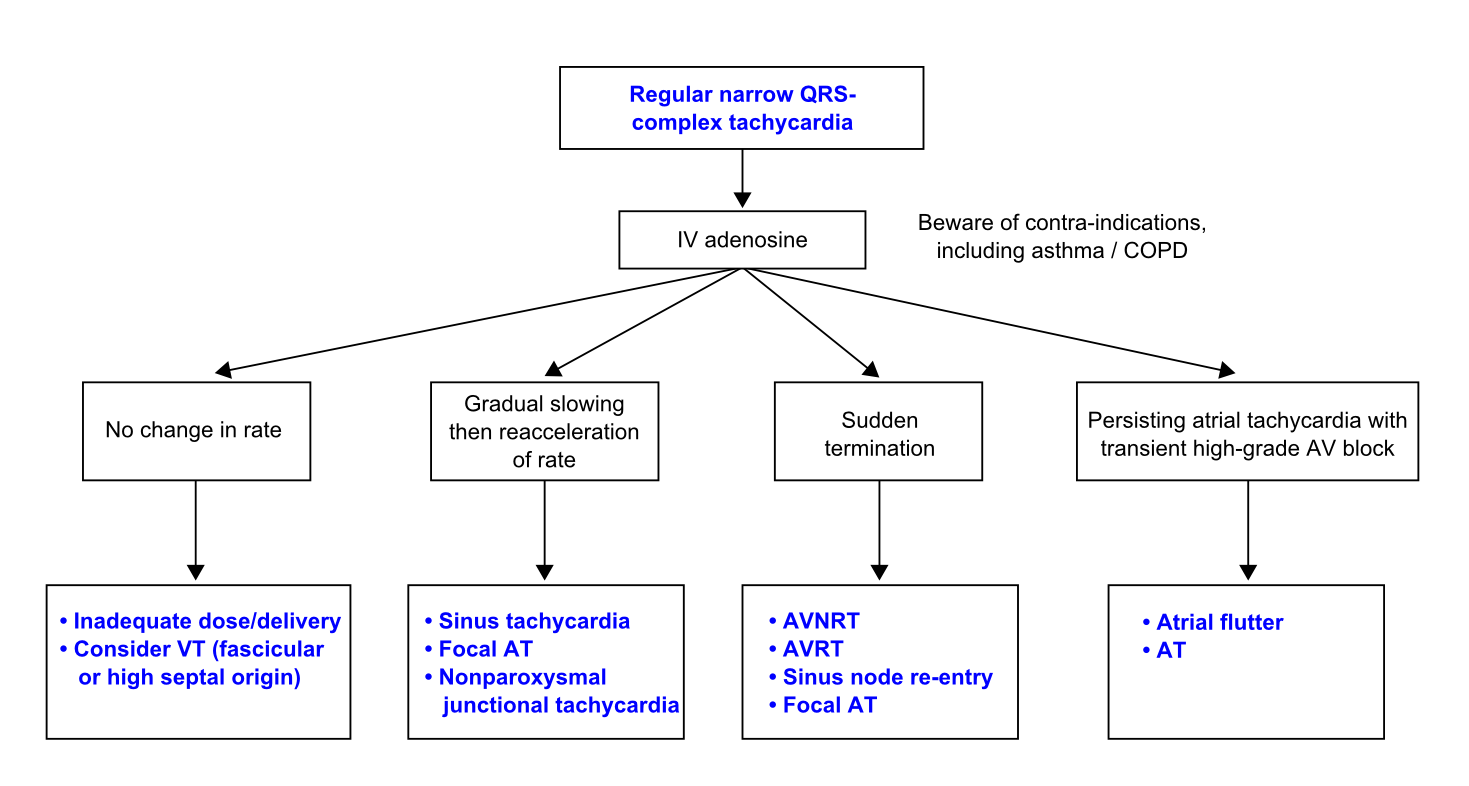
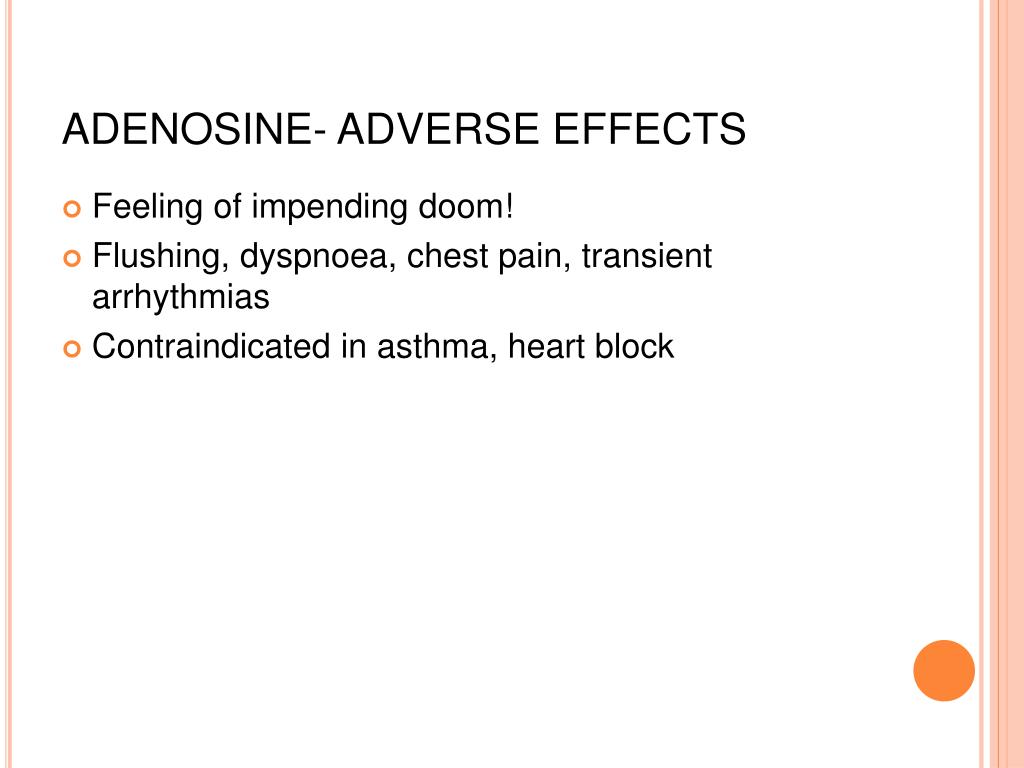


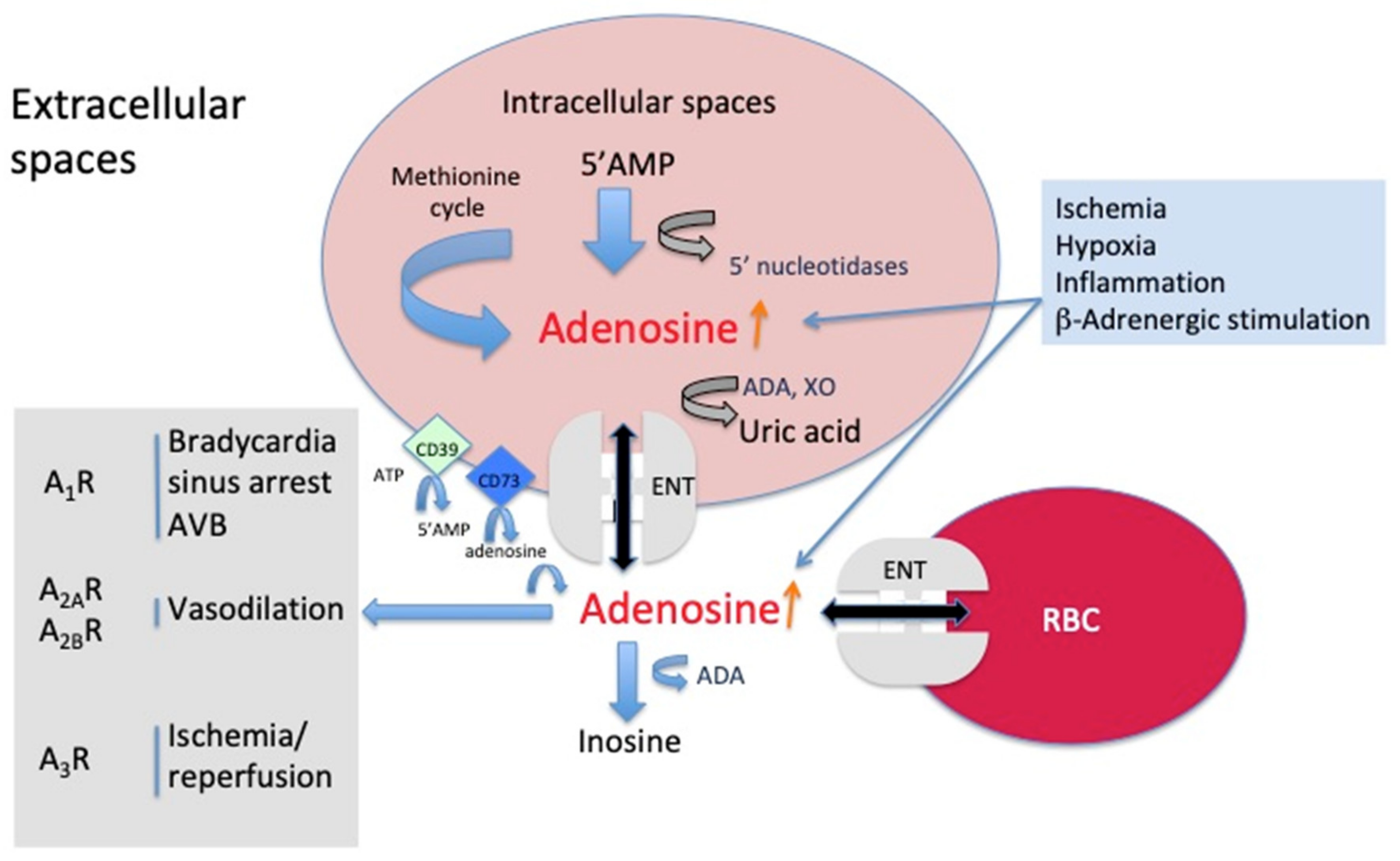
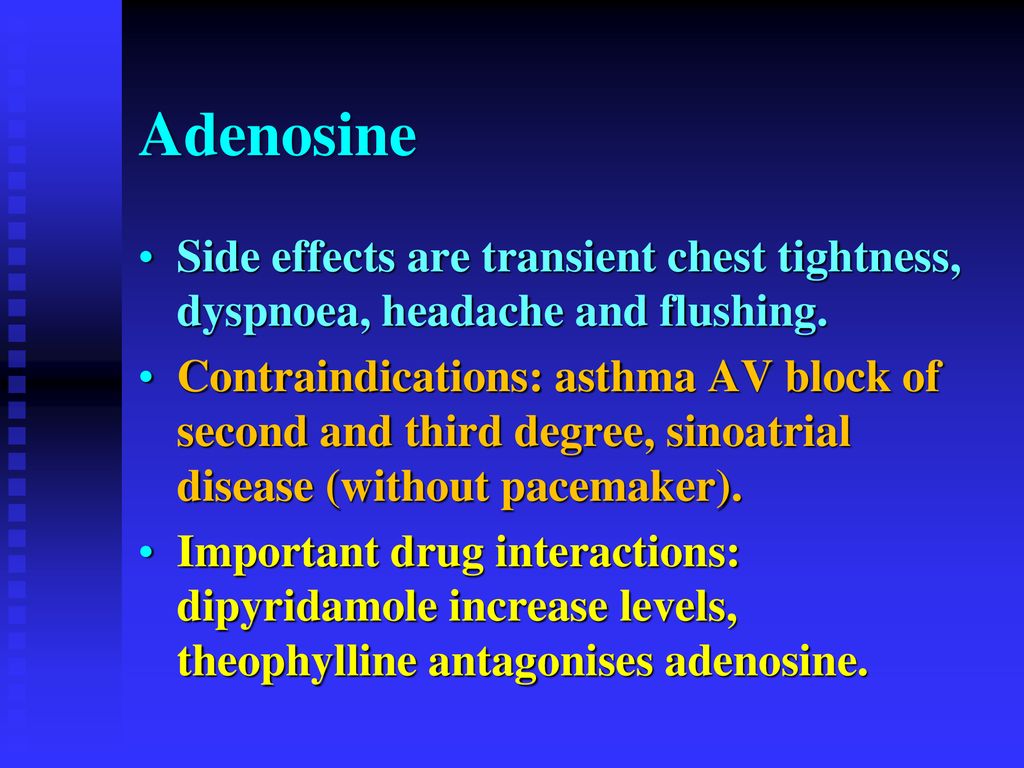

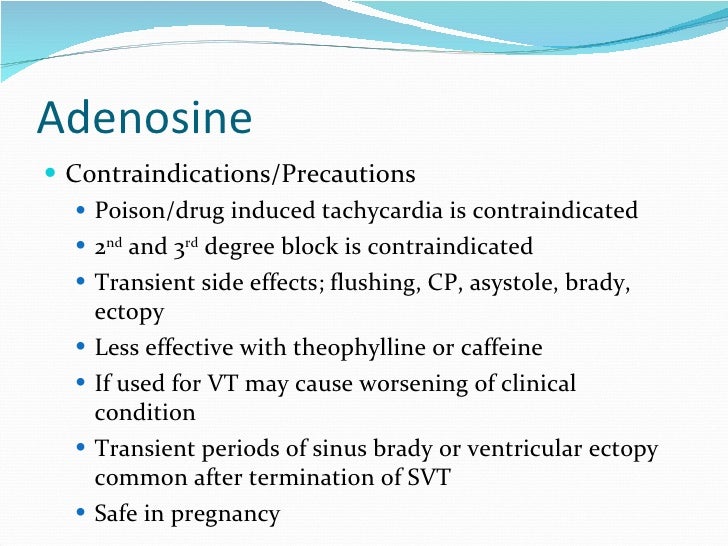






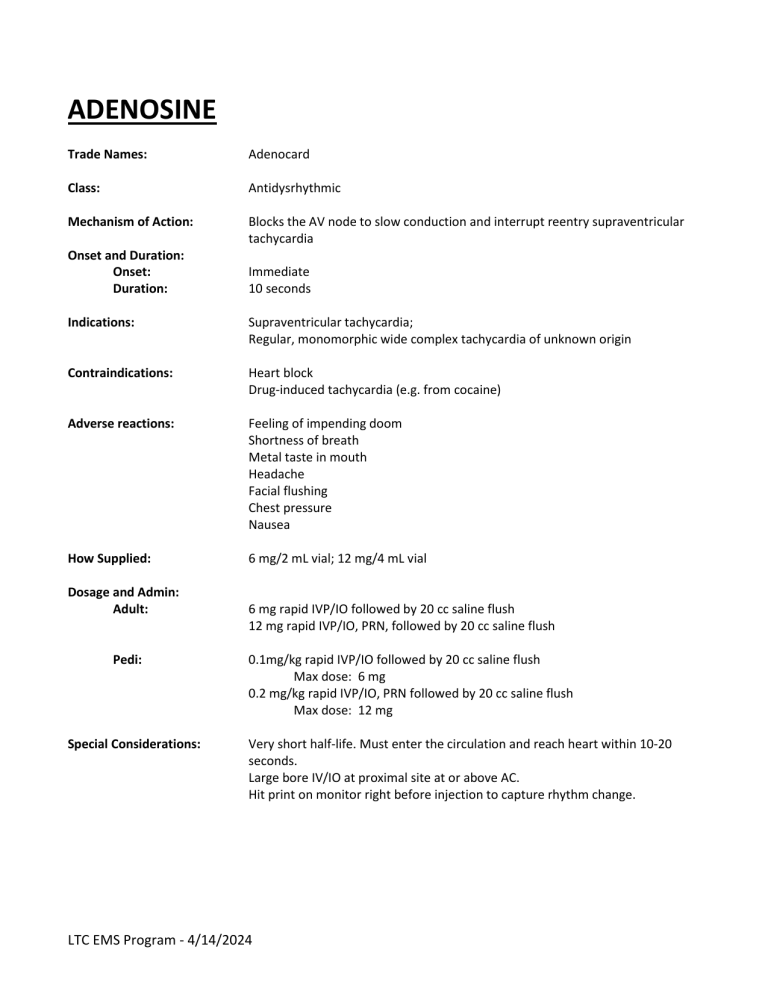

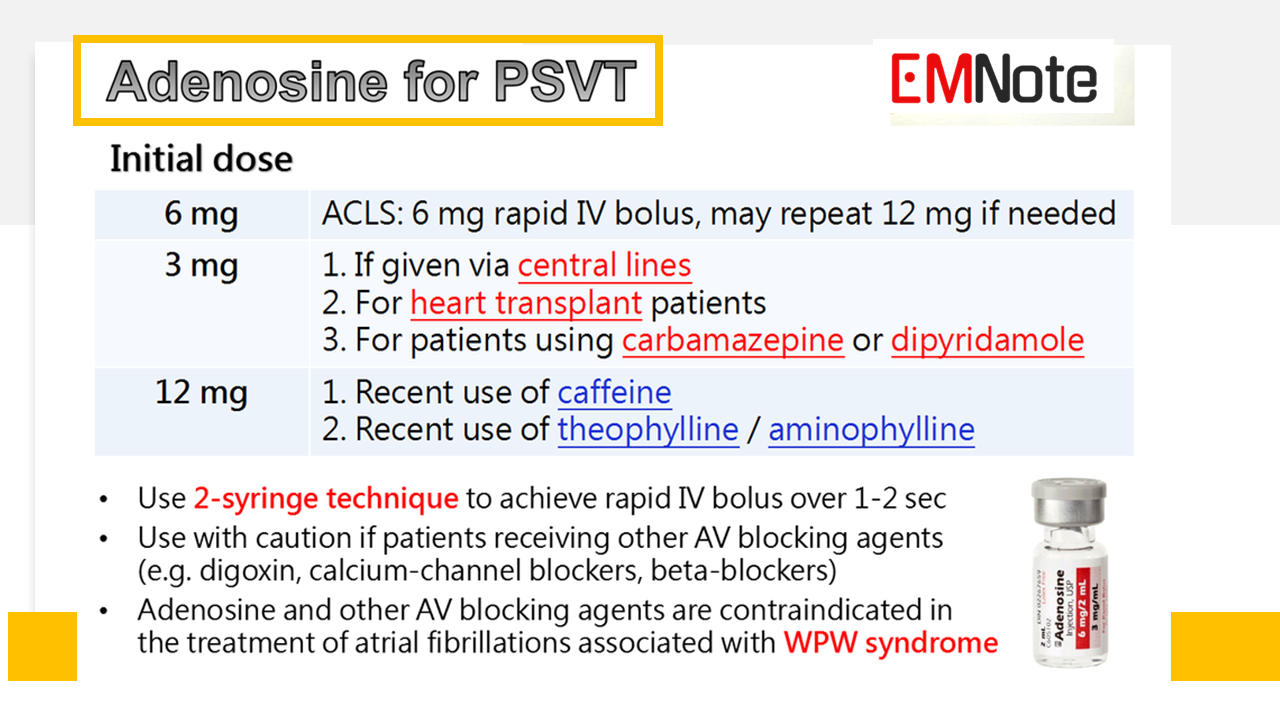
![Adenosine Side Effects And Adverse Effects The double-positive effects of ACE inhibition [32, 33]. ACE](https://www.researchgate.net/publication/259566794/figure/fig3/AS:203201539252239@1425458430625/The-double-positive-effects-of-ACE-inhibition-32-33-ACE-angiotensin-converting.png)
